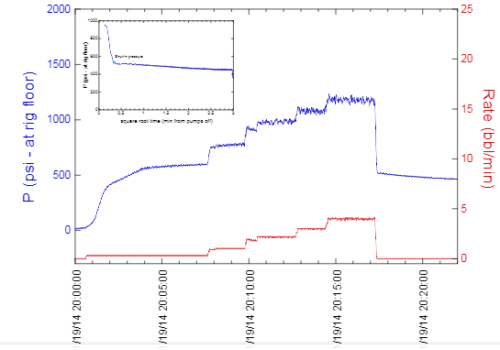2022-09-22 テキサス大学オースチン校(UT Austin)
この研究結果は、学術誌「Geology」に掲載された。この断層はほぼ100年ごとに大地震を発生させ、また大きな地震を起こすと考えられていたため、この発見は困惑をもたらすものである。
沈み込み帯の中心で、断層がロックされている場所の真上であり、システムが地震の間にエネルギーを蓄積しているはずだと予想されていた場所である。
南海断層は何十年も動かないが、この研究は、まだ地殻変動によるストレスの大きな兆候を見せていないことを示している。
この発見は、科学者が地殻変動と地震サイクルの関連性に注目し、南海地震や太平洋岸北西部のカスカディア断層などの巨大断層における地震予測を改善するのに役立つ。
科学者たちは、次にいつどこで大地震が起こるかを知る確実な方法はないという。そこで、地殻プレート同士が押し合う力、すなわち地殻応力を直接測定することで、大地震が起こるタイミングを知ることができるのではないかと期待されている。
<関連情報>
- https://news.utexas.edu/2022/09/22/deepest-scientific-ocean-drilling-sheds-light-on-japans-next-great-earthquake/
- https://pubs.geoscienceworld.org/gsa/geology/article-standard/doi/10.1130/G49639.1/616603/Direct-constraints-on-in-situ-stress-state-from
南海トラフ巨大地震発生帯の深部掘削による原位置応力状態の直接制約
Direct constraints on in situ stress state from deep drilling into the Nankai subduction zone, Japan
Harold J. Tobin;Demian M. Saffer;David A. Castillo;Takehiro Hirose
Geology first online:05 Sep 2022
DOI:https://doi.org/10.1130/G49639.1

Stress state is a long-sought but poorly known parameter on subduction megathrusts and in overlying accretionary wedges in general. We used direct observations made during drilling of Integrated Ocean Drilling Program (IODP) borehole C0002 to a depth of 3058 m below the seafloor (mbsf) in the Nankai subduction zone of southwestern Japan to constrain in situ pore pressure and stress state in the deep interior of an accretionary wedge for the first time. These data included downhole pressure, active pumping tests, and logging and sample measurements. We found a nearly linear gradient in minimum horizontal principal stress (Shmin) and show that it remained consistently smaller than the vertical stress (Sv), definitively ruling out a thrust-faulting stress regime to at least 3 km depth, and to within ~2 km above the subduction megathrust. At 3000 mbsf, the estimated effective stresses were: Sv = 33 MPa, SHmax = 25–36 MPa, and Shmin = 18.5–21 MPa. We therefore interpret that the stress state throughout the drilled interval, which lies entirely in the hanging wall of the active megathrust, lies in a normal or strike-slip faulting regime (Sv ≥ SHmax > Shmin). Total differential stresses are below ~18 MPa. We conclude that (1) basal traction along the megathrust must be small in order to permit both locking (and frictional sliding at failure) of the décollement and such low differential stresses deep within the upper plate; and (2) although differential stresses may remain low all the way to the plate boundary at ~5000 mbsf, SHmax must transition to become greater than the vertical stress—either spatially below the base of the borehole or temporally leading up to megathrust fault rupture—in order to drive thrust motion along the plate boundary as observed in great earthquakes and in recurring very low-frequency earthquakes and slow-slip events.



